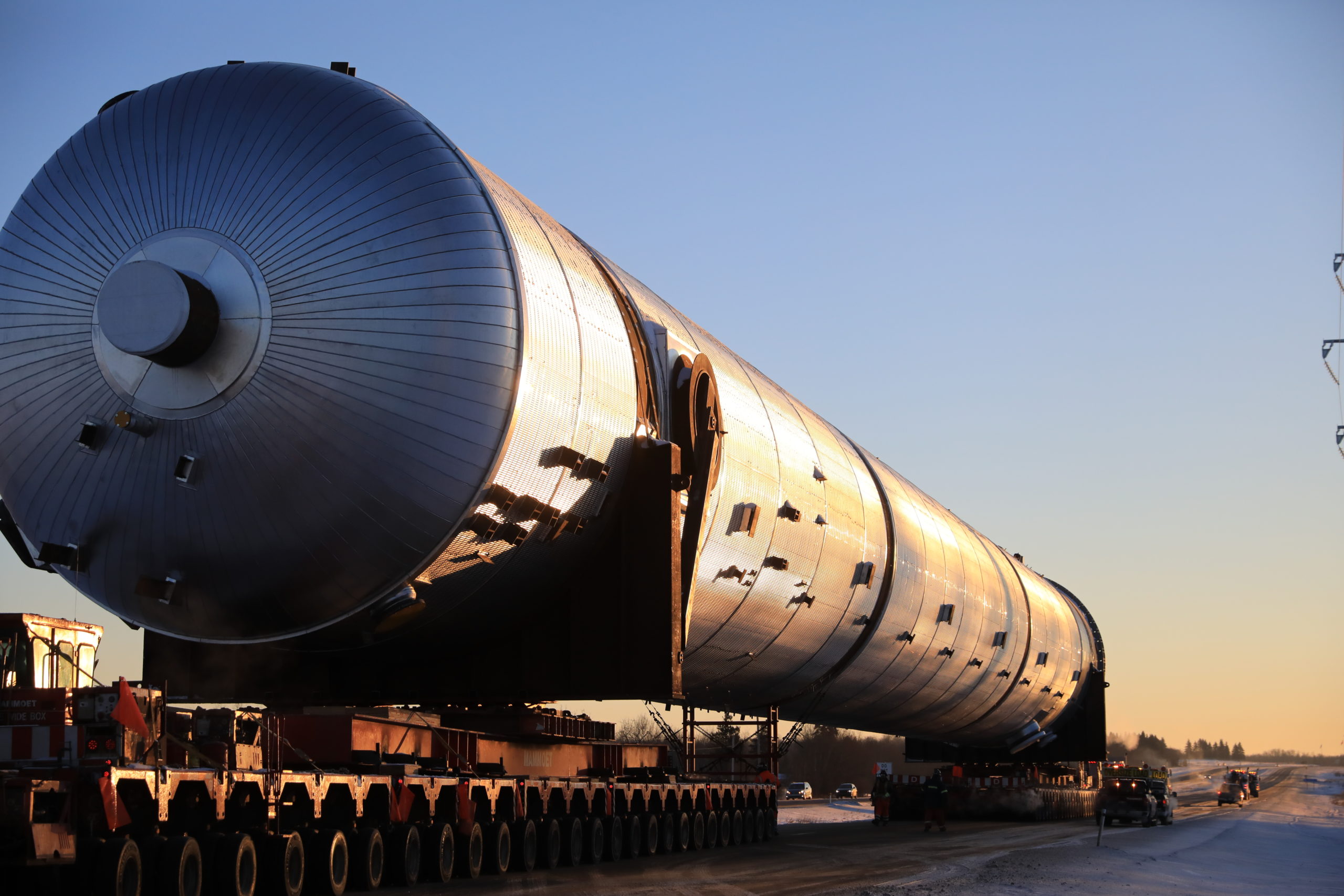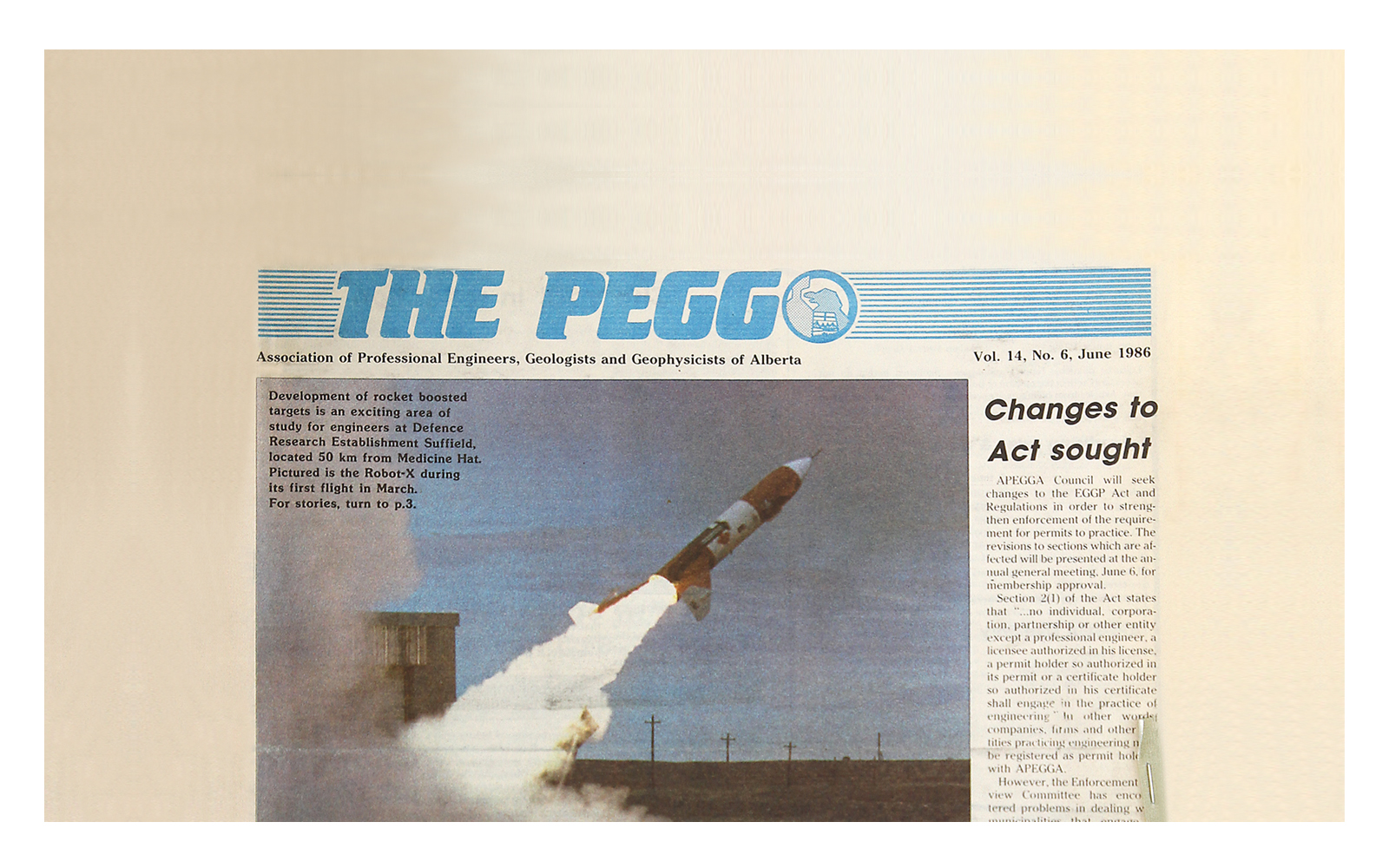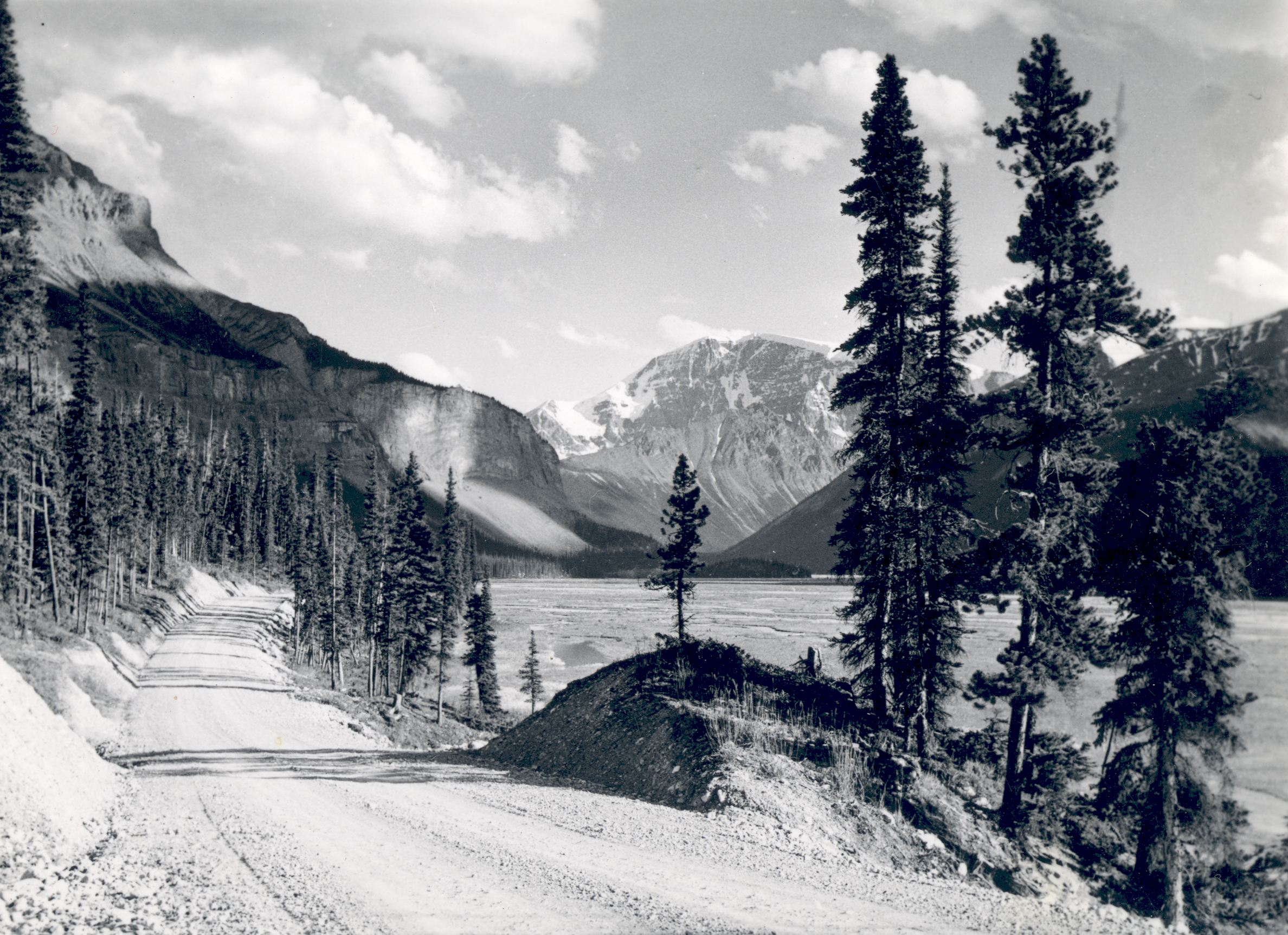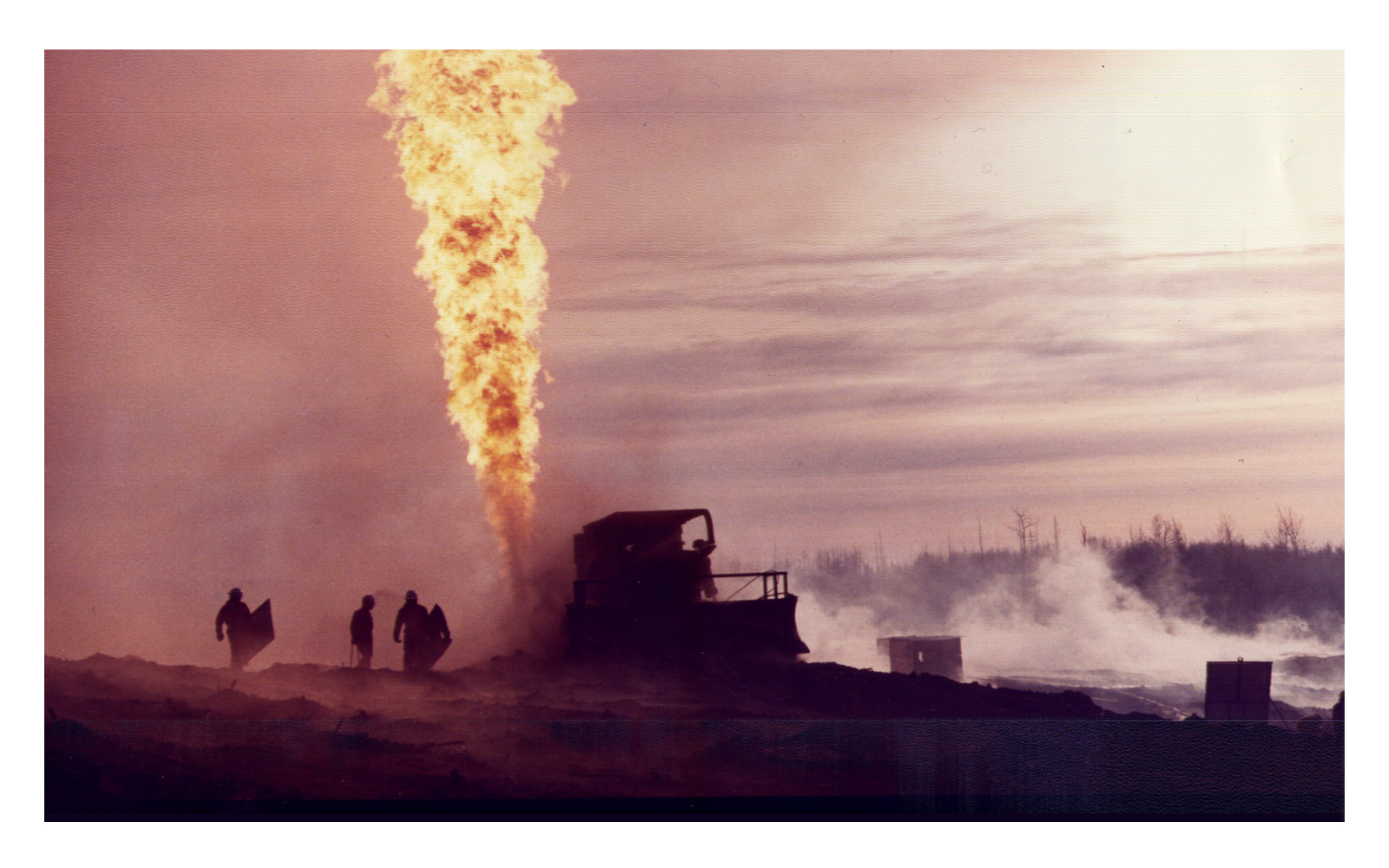Photo courtesy of Ewan Nicholson Photography Inc.
Turning Gas and Propane into Car Bumpers, Carpet, and Cups
Car bumpers, carpet, and reusable cups. Detergent, antifreeze, and clothing. These are some of the everyday products made by Alberta’s petrochemical producers.
With the opening of a second plant at its Joffre site near Red Deer, NOVA Chemicals became Canada’s largest ethylene manufacturer in 1984. A PEGG news story about the project reported that 43 chemical and mechanical engineers were working there.
Since then, NOVA—and Alberta’s petrochemical industry—has continued to grow. NOVA’s Joffre site is now one of the largest ethylene and polyethylene production complexes in the world, and Alberta is Canada’s leading petrochemical manufacturer.
In recent years, the industry has been going through a major expansion and evolution, with two integrated propane dehydrogenation and polypropylene facilities in the works. The first, Inter Pipeline’s $3.5-billion Heartland Petrochemical Complex northeast of Fort Saskatchewan, is set to open in 2021. And in Redwater, a $4.5-billion joint venture between Pembina Pipeline and a Kuwait company is expected to be up and running in 2023.
The industry’s Alberta roots go back to 1942, when the federal government constructed Canada’s first petrochemical plant near Calgary to support the war effort. The facility later produced nitrogen fertilizer.
Then and now, petrochemical plants depend on engineers not only to design the massive structures, but also to operate and maintain the complex technology within.
Inter Pipeline’s $3.5-billion Heartland Petrochemical Complex under construction in 2019. The project is a significant feat of engineering and logistics. By the end of 2019, more than three million engineering hours had been invested in the project.
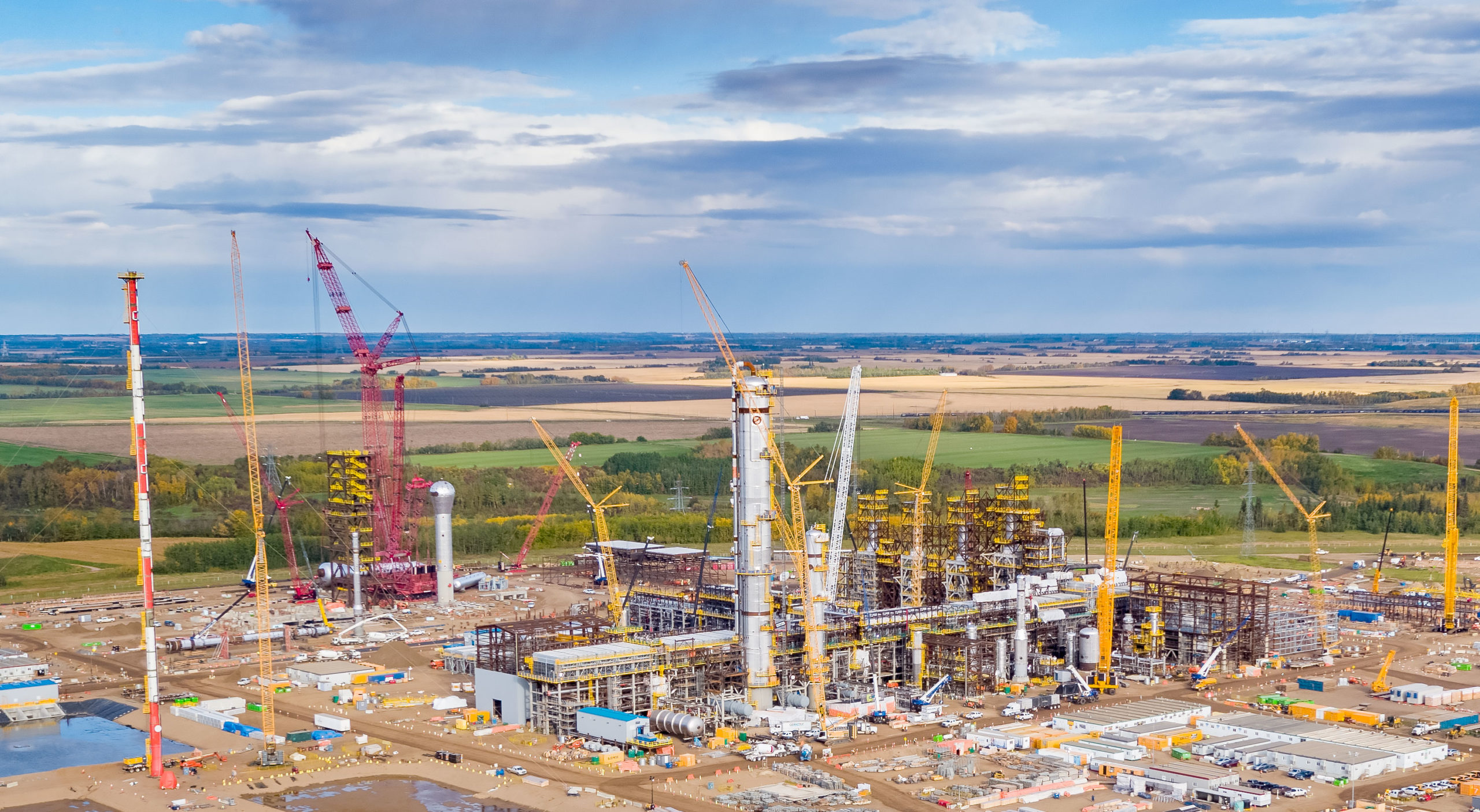
Photo courtesy of Mat Matthews, Blackhawk Aeronautical Solutions Inc.
Making History
January 2019, Inter Pipeline’s propylene-propane splitter was moved from a fabrication yard in Edmonton to the Heartland Petrochemical construction site. It was the heaviest load ever moved on Alberta roads, and professional engineers planned the move for a year.
The splitter weighs more than 816 tonnes and is 95 metres long when laid on its side—about the length of a football field. It was installed using a 430-foot, 1,600-tonne crane, one of the largest in the world.
Cranes lift the purge bin into place.
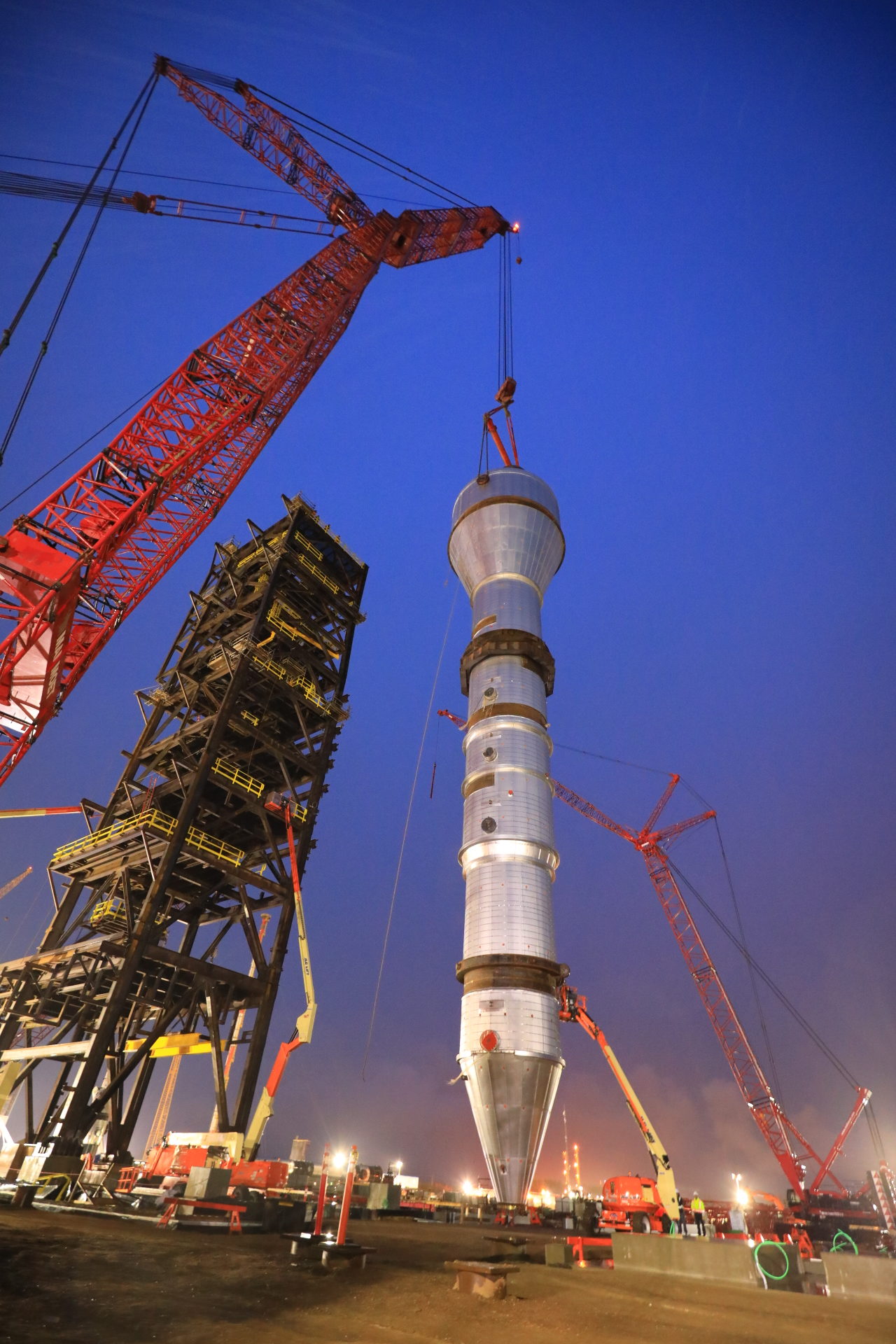
Photo courtesy of Ewan Nicholson Photography Inc.
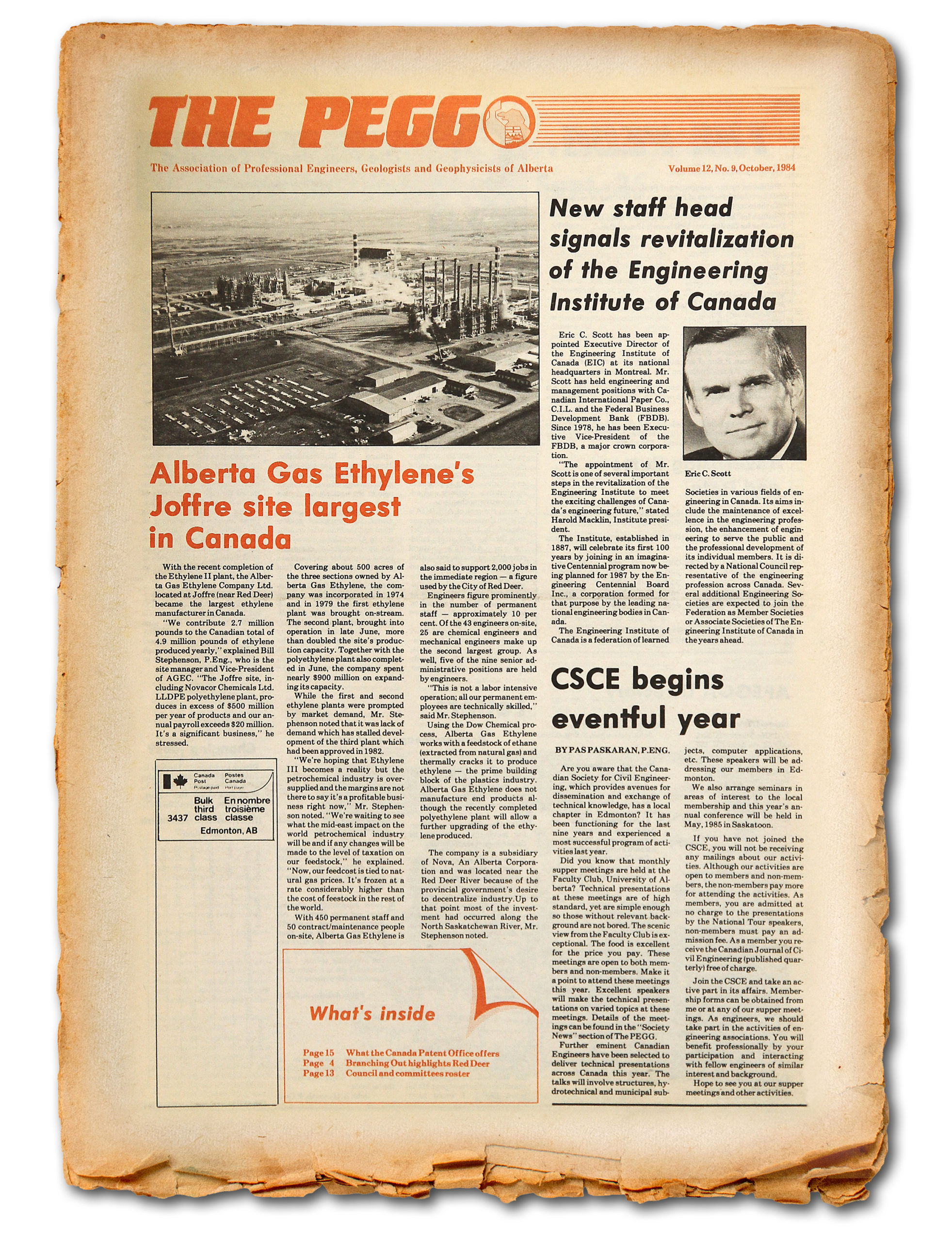
The PEG October 1984
Inter Pipeline CEO Chris Bayle, P.Eng., and senior project engineer Patrick Wong, P.Eng. describe the heaviest load haul ever moved on Alberta roads.
Anatomy of a petrochemical plant under construction
